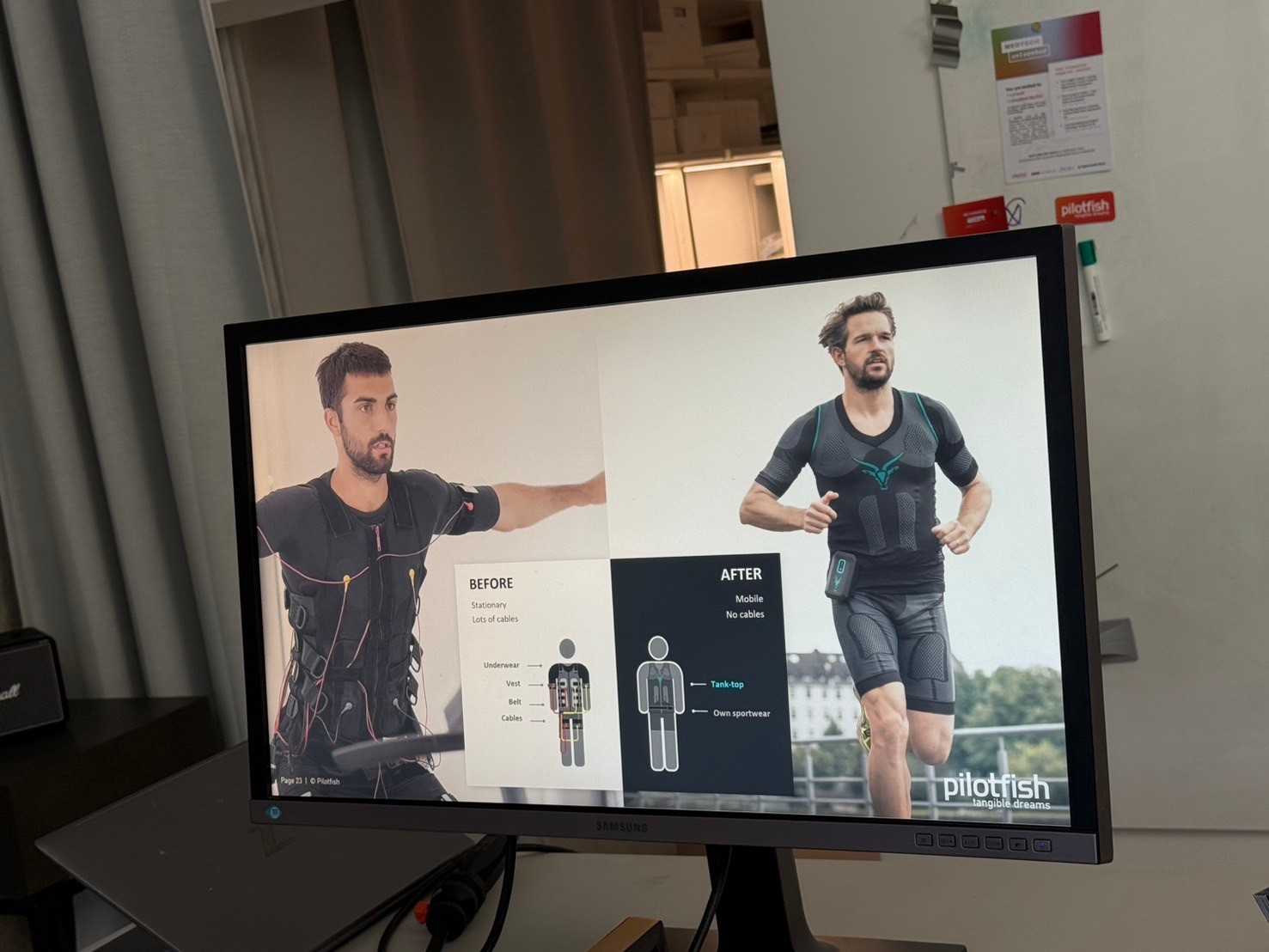Threads of tomorrow - where ultrawearables might take us
Prologue: from sketches to sleeves
Twenty-five years ago, we were sketching ideas on paper for devices that might one day live in close contact with the human body. At the time, “smart textiles” sounded futuristic, borderline utopian. We imagined sleeves that could track muscle tension, shirts that adapted to temperature, and fabrics that could speak to machines. And today? We’re wearing them.
But that’s just the prologue.
The human future of clothing
When I look ahead another 25 years, I see not just smarter fabrics. I see a world where garments become part of us. Not in a cyborg way, but in a deeply human way. In the way clothing already reflects who we are, only now it responds, adapts, and learns with us.
2030: Function meets familiarity
By 2030, I expect ultrawearables to move past the stage of “gadgets woven into fabric.” We'll see seamless, washable, breathable garments that integrate energy harvesting, motion sensing, and wireless communication. Think everyday clothing that detects your stress levels, monitors hydration, adjusts thermal insulation, or helps you maintain posture, all while feeling like your favorite hoodie.
2035: The age of emotional intelligence
By 2035, personalization will evolve. Your shirt won’t just fit your body; it will know your habits, moods, and environments. It will adjust color to your emotional state, not to show off, but to support your mental well-being. Imagine a vest that subtly alerts you when your breathing is off during a stressful meeting. Or sleepwear that gently stimulates nerves to calm you, without waking you up.
2040: A new layer of healthcare
Fast forward to 2040, and wearables will be part of healthcare ecosystems. No longer clunky patches or trackers, they’ll be your second skin, detecting anomalies before symptoms emerge.
We’re talking about early disease detection, non-invasive diagnostics, and responsive therapies all integrated into what you’re wearing anyway. For aging populations, these wearables could quietly become lifelines.
2045: Expression, environment, and exploration
But it won’t stop there.
In 2045, I believe clothing will cross over into the expressive and speculative. Festivalgoers will wear garments that bloom with kinetic motion to music. Architects will design curtain systems that filter sunlight based on residents’ moods. High-performance suits may protect astronauts from radiation storms on Mars.
Yes, really. The materials we’re working on today could one day adapt to extra-terrestrial environments, self-heal micro-tears, and respond to atmospheric conditions.
Garments that grow with us
And perhaps the most poetic possibility: garments that evolve with you.
I imagine a child’s jacket that grows with their body and adapts to their sensory needs. Or a wedding dress woven with generative memories, subtly shimmering with photosensitive threads that recall the way you felt when you first said “yes.”
Designing for connection
Of course, challenges remain. Sustainability, privacy, repairability, and comfort. But if we commit to making this evolution human-centered, these technologies won’t alienate us. They’ll reconnect us. To our bodies. To our environments. To one another.
The final prediction
So, here’s my prediction: in 25 years, we won’t think of these as “wearables” at all. We’ll just call them clothing. But beneath the surface, they will carry the intelligence of care, memory, and adaptation.
And if you ask me, there’s nothing more human than that.






